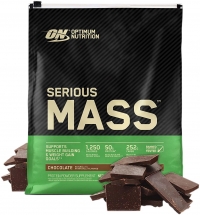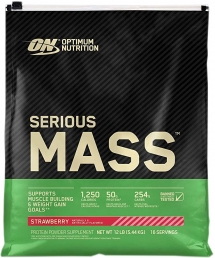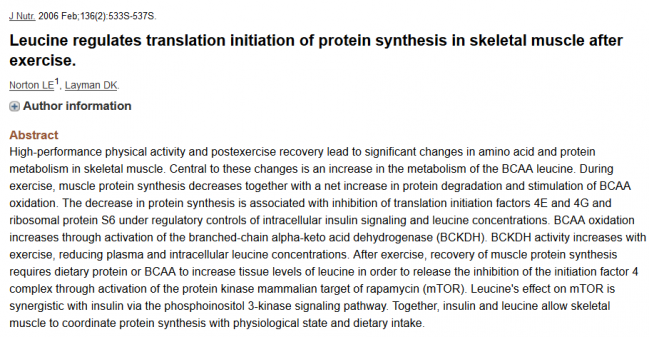Serious Mass Review - Optimum Nutrition (+ Tips on How to Gain)
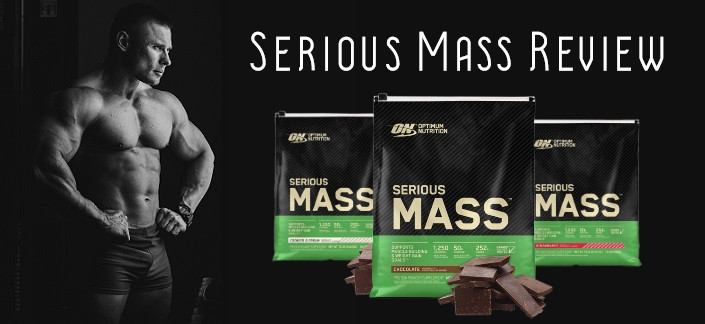
Article Updated 2nd March 2020
When it comes to mass gainers, few have the global reach and popularity of Serious Mass. This massive hulk-coloured product is keenly hunted by those looking to pack on size quick smart, offering one of the largest serving sizes on the market at 334 grams.
Optimum Nutrition are a big name in sports nutrition, offering a range of quality protein powders and supplements for the everyday gym goer, sports enthusiast and even professional athletes.
These days, most big sports nutrition brands have a flagship bulk product behind their belt. Essentially, these powders are a blend of carbohydrates and proteins, often with a small amount of added fats.
Is that all there is to Serious Mass though—carbs and protein? Or does this product pack-in some secrets to turbo-charge your quest towards a mega-sized you?
Fat Mass, Muscle Mass or Bulk
What do you really want to gain?
If the formula for weight loss is to consume less calories than you burn off, then the opposite of this will deliver size, right?
You bet! Essentially, putting on mass is the weight loss diet turned upside down. But will eating and drinking your way through more calories than you burn lead to muscle gain, or just make you flabby and bloated?
An interesting fact: most people who want to put on size haven’t actually put much thought into what kind of size they want to gain.

For most, gaining fat mass is as easy as preacher curls with good form. After all, we’re smack-bang in the middle of a decades-long obesity epidemic.
And understandably so. With such a huge range of delicious high-calorie snack foods and meals bloating the shelves of supermarkets, it can be a hard thing making yourself walk towards the fresh produce section. Then there’s the general declines in overall health, the increased psychological stress levels and more binge-worthy Netflix shows than you can poke a stick at …
But this is a bit of a digression … put simply, the obesity epidemic is a multi-factorial issue.
To be as blunt as a spoon, putting on a decent amount of natural muscle mass takes consistency and plenty of dedication. It really is a long term commitment to looking after your overall health, diet and maintaining a steady exercise program that is consistently varied and challenging.
If your body-fat is extremely low, you might be happy to gain some extra fat mass weight. However, putting on too much is not a great idea, unless you’re looking to get into the strength and power-lifting arena.
Holding too much fat mass is not great for our long-term health. And it takes time and can be hard work to get rid of. Most people are better keeping reasonably lean and building up muscle mass at a steady pace over time.
The Secret Factor for Growth
We all know that protein is important when it comes to gaining muscle. After all, muscle fibres are made up of a mixture of essential and non-essential amino acids.
To repair and build muscle, we need to eat quality protein. Ideally, every few hours or so. Focusing on essential amino acid rich protein (high biological value) is important. Research is indicating that the body can recycle non-essential amino acids quite well (and synthesize them) in order to create new muscle (1). This should put the protein quality focus on essential amino acids.
Apart from quality protein, there’s a couple of other important growth elements in food. And they’re so simple that they’re really easy to forget. So strap yourself in folks, because there are some secrets to expose here ...
We all know a rake-thin guy or gal who wants to put on muscle, yet can’t seem to make it happen. They train long and hard, lift heavy and eat protein all day long. Yet still, their bodyweight remains virtually unchanged, much to their frustration.
Do the laws of physics not apply to these rare souls?

Anyone who has some weight lifting experience behind their belt has probably already picked up on an issue or two with this scenario.
When nothing seems to be helping you make your way to that state of glorious muscle growth, you might want to have a long hard think about your carbohydrate and overall calorie intake.
With all of the media attention that fats are getting lately as an optimal fuel source, particularly with the paleo and keto diet trends, it’s easy to forget about carbohydrates as important.
What makes it even more easy to forget from a purely nutrition medicine point of view, is that carbohydrates aren't considered an essential nutrient (excluding fibre).
When it comes to dietary fats, there are 2 essential fatty acids in the omega 3 and 6 family, while protein provides the 9 essential amino acids. In addition, fats and proteins offer a range of conditionally-essential nutrients, like as eicosapentaenoic acid (EPA) and tyrosine.
But when it comes to carbohydrates, the Australian Government have not set minimum or maximum recommendations, like they do for every other nutrient, including protein, fats, fibre, water, vitamins and minerals. That’s because, technically, we don’t need carbohydrates or sugars to survive.
This does not necessarily mean that carbohydrates are not beneficial for you. And for the majority, this means low glycemic index carbohydrates that also provide fibre and plenty of other micronutrients and phytochemicals (2).
For instance, black rice has a low glycemic index of 42 or so, and contains plenty of fibre and a group of special antioxidants called proanthocyanidins. This makes it practically a superfood and a great substitute for white rice.
There has been loads of excitement surrounding leucine and its ability to trigger mammalian target of rapamycin (mTOR). And with mTOR activation we have protein synthesis, just what we need to repair and build muscle in response to regular exercise.
There are two other easily manipulated factors that trigger mTOR. These are insulin and ATP status (3). Insulin, triggered by carbohydrate intake, stimulates mTOR. While reduced cellular ATP levels inhibit mTOR.
Based in this, keeping your carbohydrate intake steady and optimal, as well as your overall energy intake, prevents any unwanted drops in mTOR activation, so that muscle growth can keep moving forward.
Insulin is believed to be one of the most anabolic hormones in the human body. This is because it drives amino acids and glucose into muscle cells (as well as vitamin C) and activates mTOR.
So when you’re looking to put some muscle mass on, and maybe a bit of fat mass to go along with it, it’s an absolute must to eat plenty of quality protein, low glycemic index (GI) carbohydrates and some beneficial fats as well.
On top of this, ensuring your training sessions are short and sharp is an absolute must. Sometimes, turning off your mobile phone can help, and even telling your gym buddies that you'll catch up after the session finishes.
Training smart and with intensity yields much better results than long meandering sessions that involve social media posts and multiple trips to the mirror to check out your development.
Don’t worry, when you get big enough, randoms will take snap shots of you anyway, even without your consent, for inclusion in their social media pages!
Serious Mass Nutrition Facts
Optimum Nutrition Serious Mass delivers a whopping 254 grams of carbohydrates per serve, 21 grams of which are sugars.
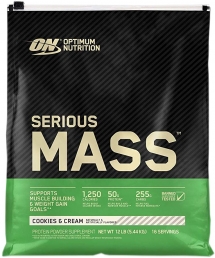 This carbohydrate content is delivered from maltodextrin and some naturally occurring lactose from the protein powders.
This carbohydrate content is delivered from maltodextrin and some naturally occurring lactose from the protein powders.
Maltodextrin is considered a high glycemic index carbohydrate. In fact, it raises the blood sugar level so fast it acts more like a simple sugar (dextrose/glucose).
At 4 calories per gram, this massive hit of carbs adds to the energy content of the product, weighing in at 1,250 calories per serve for 2 heaped scoops.
Due to this massive serving size—1/3 of a kilogram of powder!—some start on 1 heaped scoop (1/2 serve), which will provide 25 grams of protein, 127 grams of carbs and 625 calories. This is still bigger than most mass gains powders.
Serious Mass certainly does provide a massive amount of calories and quality protein, which should be enough to satisfy just about anyone.
Is Serious Mass Protein Any Good?
The protein blend in Optimum Nutrition Serious Mass includes Whey Protein Concentrate, Calcium Caseinate, Egg Albumin and Sweet Dairy Whey. The dairy proteins are obtained from Glanbia Nutritionals and the green pastures of Ireland.
Whey protein has an excellent bioavailability, containing a high level of essential amino acids with a high proportion of the branched chain amino acids (4). This makes it perfect for muscle growth and repair.

The egg and casein in this product aim to sustain you over a longer period of time than the rapidly absorbed whey proteins. This means your muscles are fueled for longer, assisting with repair and growth.
Maltodextrin is the primary carbohydrate source, which is of course high glycemic index. This makes the product better suited for use around training times.
This is simply due to the fact that during exercise, exercise-induced GLUT-4 moves to the muscle cell membrane, allowing glucose in, independent of insulin.
To put this simply, sneaking in high carbohydrate hits around exercise helps to minimise prolongued increases in blood sugar, and serves as a fuel and or recovery source for muscle.
How many Scoops of Serious Mas per Day?
If your goal is to put on some size fast, ideally take 1 full serve (2 Heaped Scoops) after exercise, in addition to regular meals containing quality protein and calories.
You might like to start with ½ serve after exercise (1 scoop) to see how you go, as two scoops of Optimum Nutrition Serious Mass contains a lot of powder.
The trap many fall into with mass gainers is they try to consume them after a main meal or in replace of a main meal.
The goal with a quality mass gainer, like Serious Mass, is to consume the recommended servings, day in and day out, in addition to regular meals.
Some also choose to drink the shakes down between main meal times, as well as after exercise, which take your daily calorie and protein intake even higher.
But more isn't always necessarily better. And you really need to consider how much is suitable for you, given your very individual needs.
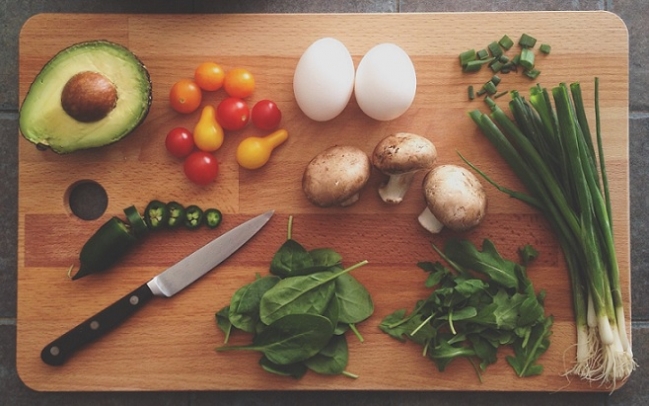
What Else is in Serious Mass?
Serious Mass contains a range of vitamins and minerals, glutamine, creatine and some Medium Chain Triglycerides (MCTs).
These are handy inclusions to this mass gainer, and really help to top off the macronutrient profile. MCTs are a popular heart-healthy fuel source. These fatty acids are less likely to be stored as adipose tissue, instead providing energy to the brain and muscle.
Glutamine and creatine are well known in bodybuilding circles. Glutamine has been shown to increase peak torque, muscle glycogen synthesis and reduce delayed onset muscle soreness (5,6).
Creatine offers a range of benefits, discussed heavily in other blog articles if you want to dig a little deeper. Let’s just say it promotes explosive strength and power, helping you train with more intensity and gain muscle mass.
Conclusion
Serious Mass is a hard-hitting mass gainer, offering an abundance of carbohydrates with quality protein sources and accessory nutrients.
Due to the massive serving size, you might find it best to start on a ½ serve taken in water only and build up to a 2 heaped scoops serving size. Some may be better suited to sticking to a ½ serve permanently for the best results.
Carbohydrates and overall calorie intake are separate factors that initiate mTOR, required for optimal muscle repair and growth. Additionally, Optimum Nutrition Serious mass contains plenty of naturally occurring leucine, which is another effective mTOR trigger.
This product will fuel your training sessions and support recovery when taken post-workout. For best results, use this mass gainer in addition to a quality diet, rich in fruits, vegetables, quality protein, low GI carbs and beneficial fats.
Of course, a smart training program is a must if you want to gain muscle. Researching the best way to train in order to achieve your results can save years of unfruitful labour.
But first, you have to be clear on what you actually want to achieve, which can, as crazy as it sounds, be the hard part.
So go forth boldly and enjoy your experimentation in fascinating and sometimes completely mind-boggling worlds of sports nutrition and exercise science.
Article by Gavin Deguara, ND, Nutrition Medicine.
References
- Volpi E et al. Essential amino acids are primarily responsible for the amino acid stimulation of muscle protein anabolism in healthy elderly adults. American Journal of Clinical Nutrition 2003 Vol 78;2 p.250-258
- Foster-Powell K et al. International table of glycemic index and glycemic load values: 2002. American Journal of Clinical Nutrition. 2002 Vol 76;1 p.5-56
- Weinert D.J. Nutrition and Muscle Protein Synthesis: a descriptive review. J Can Chiropr Assoc. 2009 Vol 53;3 p.186-193
- Hoffman JR and Falvo MJ. International Society of Sports Nutrition Symposium, June 18-19, 2005, Las Vegas NV, USA - Symposium - Macronutrient Utilization During Exercise: Implications For Performance And Supplementation. Journal of Sports Science and Medicine. 2004 Vol 3;3 p.118-130
- Varnier M et al. Stimulatory effect of glutamine on glycogen accumulation in human skeletal muscle. The American Journal of Physiology. 1995 Vol 269 E309-E315
- Legault Z et al. The influence of oral L-Glutamine supplementation on muscle strength recovery and soreness following unilateral knee extension eccentric exercise. International Journal of Sports Nutrition and Exercise Metabolism. 2015 Vol 25;5 p. 417-426




